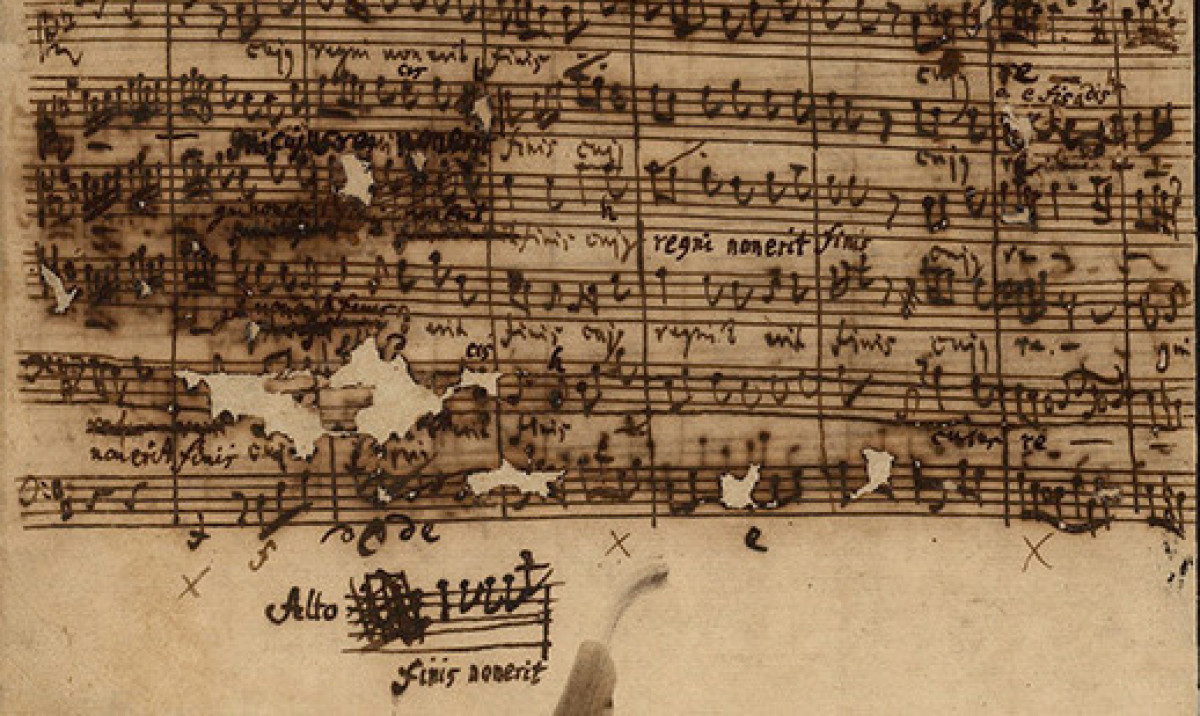
Missa tota: Bach’s Mass in B minor I. - A Series of Lectures by Gergely Fazekas
- Gergely Fazekas - music historian
Plurality and eternity - Bach in 1733 and 1748
What motivated the most significant evangelistic composer of church music to set the whole catholic mass text to music? Why is the so called "Mass in B Minor" reputed as the synthesis of Bach's life-work? Why did Friedrich Smend - one of the most prominent Bach musicologist of the 20th century and the author of the critical edition of Bach's mass - conceive, that the Mass in B minor is not a complete composition and that it points to the fact that the Mass isn't existing at all? How can the composition still make an elemental impression on its audience after almost 300 years of its birth?
Gergely Fazekas musicologist is searching the answers for these questions in his four-part series of lectures.
The birth of Bach's Mass in B minor lasted nearly two decades. The first 2 texts of the Mass (these are the Kyrie and Gloria, also used in Lutheran service) were composed in 1733 by Bach, 10 years after he was appointed Thomaskantor, Cantor of the Thomaskirche (St. Thomas Church) in Leizig, and only some years after he was taking over the directorship of the Collegium Musicum, a secolar performance ensemble of the city. He presented the manuscript to the Dresden prince-elector to persuade the monarch to give him the title of Royal Court Composer. Why did Bach - as the music director of Leipzig - need another job? Why did he complete the composition to a whole Mass in 1748-1749 (in his last years), setting to music the remainging texts (Credo, Sanctus and Agnus Dei) also? The birth of the Mass, the possible motivations and musicological models of Bach will be discussed by Gergely Fazekas in the first part of the lectures.
The other parts of the lectures will be presented at the 12th and 26th of November and the 10th of December.
In Hungarian!
Free entry!